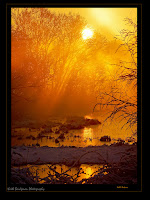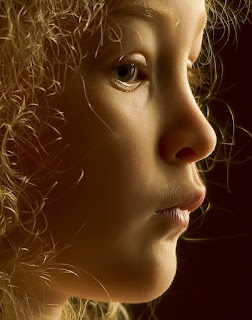From September 1973 until August 1977 I spent four years in the U.S. Coast Guard. Those few years became the defining moment of my young adult life, moments that still affect who I am today. Of all the events of my life, nothing retains the level of influence gained from those experiences. They were difficult, challenging, and at times dangerous, yet I would not trade those days for anything.
Most of my tenure in the Coast Guard was spent at the Umpqua River Lifeboat Station located at Winchester Bay, Oregon. Winchester Bay was a small coastal community about one third of the way up the Oregon coast from the California border. With a vibrant commercial fishing fleet, it was also known as a popular vacation spot with miles of ancient sand dunes and unspoiled rustic beaches. At the time, hundreds of personal small craft owners would migrate to this location between Memorial Day and Labor Day. As a result, we were understandably very busy during this period. Back then, with a crew of about 24 or 25, we averaged around 400 SAR's, or Search and Rescues, per year, most of them occuring between those dates. Most of them were routine, but some were in fact life and death challenges.
 |
| One of our 44 footers |
(The following video depicts the CG44303 in action on the Umpqua River Bar as filmed for the Lassie series episode 'Tempest' back in the mid-1960's. This sequence heavily influenced my decision to join the Coast Guard and by chance I happened to end up at the same location.)
The 44's were remarkable craft and could perform a 360 degree roll in heavy surf and still complete the mission. They were designed to bulldog their way through the surf, maneuver on a dime, and execute dangerous rescues in adverse conditions. They were powerful, nimble, ruggedly capable rescue boats, but they were slow with a top speed of around 15 knots (about 20mph).
There was a phrase passed around back then about someone who had been in the Coast Guard for a long time, long enough to have witnessed a great deal of change. They were from 'The Old Guard'. Today's Coast Guard is a more high tech, highly motivated service. They still operate out of Winchester Bay, only today they run around in the newer 47 foot Motor Lifeboats. These vessels are very fast, highly capable rescue boats in their own right, but they are of the New Guard generation. From what I understand, the number of SAR's at Winchester Bay today averages around 40 or so per year, more a result of the economic times, and better trained private boat operators than anything else.
 |
| One of the New 47 Footers |
 |
| Harmony under Tow |
victim who had collapsed onboard the fshing vessel Poky. Our crew received commendation for that one. And then the time the large trawler Harmony broke down during stormy weather and we had to head out and tow them back to safety. It was a nasty long and wet ride.
Yeah, the Old Guard helped to build a lot of character for a lot of searching young men back then, To see a movie come out that focuses on the achievements of a previous generation of Old Guard crewmates, well, it does one good. I hope many of you will find the time to watch this new movie and hopefully it will give you a greater respect for a branch of the military few think much about. They are unsung hereos often going into harms way in obscurity. It's good to see them receive some recognition.






























